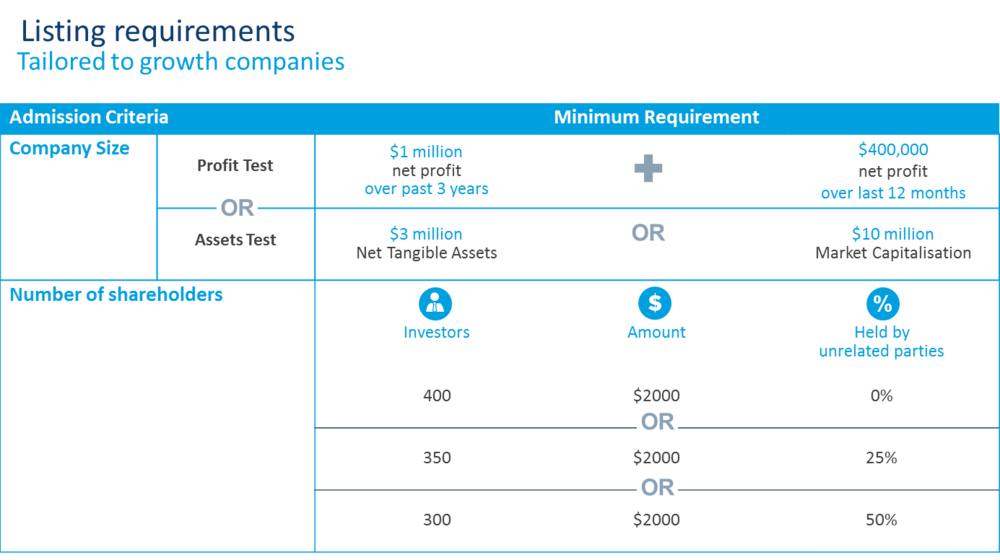Are you ready to go public?
As the Business Development Manager for the listings at the Australian Securities Exchange (ASX), Rory Cunningham strongly believes that the ASX is an excellent platform for helping Australian technology companies grow. Addressing the SydStart conference audience, Rory said, “We have over 2,000 companies listed and all of them started out somewhere. I am here to encourage more Australian businesses to join the exchange.”

The ASX is the 10th largest exchange by market cap in the world. It is consistently ranked in the top five exchanges globally for raising capital. “We believe that the companies listed on ASX are in an advantageous position. They have access to one of the largest pool of investable funds not only from the domestic capital but also from the global pool capital. About 45 percent of all investment in the exchange comes from overseas investors,” Rory said.
Listing on the exchange gives access to capital for growth and acquisition. Investors also bring a lot of credibility to the company. Furthermore, the business becomes transparent, which gives reassurance to customers and suppliers.

However, like any other venture, there are also disadvantages to going public. One of them is the continuous disclosure and reporting requirements. “Companies are also susceptible to market conditions. Regardless of company and sector, you can be affected by market changes,” Rory said.
More importantly, depending on how much of the business is going to be given up by the founder(s) during the listing process, there is an element of reduced level of control in the business.
Here are some things to consider before listing:

Pros and cons aside, not all promising businesses are ready to list on ASX. There is a minimum requirement for net profit or net asset. See chart below:

If you are ready to list, here are the seven steps to join the ASX:
1. Appoint advisors – These are the board of directors, management team, lawyers, accountants, etc. They are the ones who understand the business and the industry.
2. Prepare the prospectus and due diligence – The prospectus includes the industry and business overview, financials, risks, details of the offer, and many more. It helps investors make informed decisions about the rights and liabilities attached to the shares. The due diligence process is designed to help ensure the prospectus meets legal requirements.
3. Commence institutional marketing – This is the time to access institutional investors in Australia and around the world.
4-5. Lodge prospectus with ASIC and listing application with ASX – ASIC will have an exposure period in seven days. After which, the company can market to retail investors. The ASX, on the other hand, will prepare the listing and will make the shares available to every participant and investors in the market.
6. Marketing and offer period to retail investors – Once the prospectus has been approved by ASIC, the company is allowed to raise capital from retail investors, who are important in the IPO process in Australia. This is because there are around six million Australians who hold shares directly through the ASX. Rory noted that they are an extremely important segment of the market, particularly because many of them self-manage their superfunds.
7. Close the offer and listing ceremony – Welcome to ASX!
Listing on ASX holds many opportunities in terms of growth. Weigh the pros and cons of going public and then decide if this is the right path for your company.






